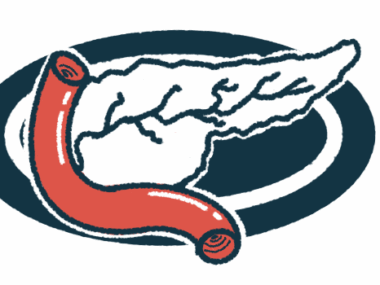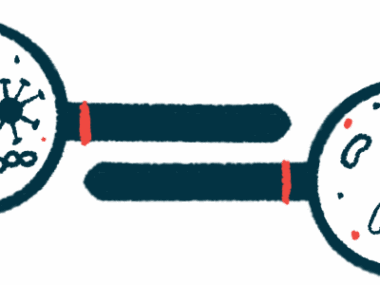How to define and treat childhood AIHA can vary widely: Review
Call for standardized definitions, classifications, addressing of research gaps
Written by |

How childhood autoimmune hemolytic anemia (AIHA) — a group of rare conditions that includes cold agglutinin disease (CAD) — is defined and classified varies widely, as does the approach to care for children with hard-to-treat disease, a review study shows.
“Standardized definitions and classifications are needed to guide collaborative efforts needed to study this rare disease,” researchers wrote in “Childhood autoimmune hemolytic anemia: A scoping review,” which was published in the European Journal of Haematology.
AIHA occurs when the body’s immune system mistakenly produces self-reactive antibodies that bind to red blood cells, tagging them for destruction (hemolysis). This results in anemia, which refers to having too few healthy red blood cells to carry oxygen in the body.
The disease can be divided into three main types based on the temperature at which the self-reactive antibodies bind to red blood cells: warm AIHA, the most common, cold agglutinin disease (CAD), and mixed AIHA.
AIHA is classified as primary when its cause is unknown, and secondary when it occurs due to an underlying condition, including an infection, a blood cancer, or another autoimmune disease.
Evidence often limited to case series, small studies
“Given the rarity of pediatric AIHA (estimated incidence of 0.2 per 1 million of individuals younger than 20 years), evidence is often limited to case series and small … studies,” the researchers wrote. “As a result, there is very little high-quality evidence on which to base the investigation and management of pediatric AIHA.”
To better understand how doctors diagnose and treat the disease in children, a team of researchers in Canada searched the literature for studies on childhood AIHA published from 2000 to November 2023.
They included only studies where at least 20% of the patients were children. Studies with fewer than 10 patients were excluded.
A total of 43 studies matched the criteria, and none were appropriately-controlled clinical trials. Most studies were conducted in Asia (32%), Europe (30%), and North America (28%).
About half of the studies reported AIHA types, and most of them included patients with mixed AIHA, CAD, and paroxysmal cold hemoglobinuria, a very rare AIHA type. Four studies focused solely on a specific form: warm AIHA.
The absence of studies specific to CAD in this review is likely due to the fact that most published evidence on this type comes from case reports or studies with fewer than 10 patients, the researchers noted.
Diagnostic criteria for AIHA were listed in 32 studies (74%) and varied across studies. Still, all defined AIHA based on the presence of at least one of three criteria: evidence of anemia, signs of hemolysis, and a positive direct Coombs test, which indicates the presence of antibodies and/or certain immune proteins bound to red blood cells.
Common first-line treatment: steroids, intravenous immunoglobulin
Treatment for AIHA was reported in 40 studies (93%), and 60% of them divided it into first-line and second-line treatment. Common first-line therapies were steroids, which have immunosuppressive effects (77%), intravenous immunoglobulin (IVIG, 33%), and/or both. IVIG delivers specific antibodies purified from healthy people to neutralize self-reactive antibodies in the patient’s bloodstream and block the abnormal production of these antibodies.
While the first-line approach was relatively consistent across studies, “there did not seem to be a standardized treatment for relapsed and refractory AIHA,” the team wrote.
Second-line treatments included immunosuppressive agents rituximab (40%) or cyclosporine (30%), and/or IVIG (30%).
“Current consensus guidelines do not agree on a standard approach to relapsed/refractory AIHA, although rituximab is generally listed as the second-line therapy for steroid non-responders,” the researchers wrote.
Of note, steroids are standard first-line treatment for warm AIHA, with usually high response rates, but they are not recommended for CAD.
“Our results provide an important summary of the evidence and highlight key gaps for future research,” the researchers wrote, noting there aren’t enough high-quality, multicenter studies following pediatric AIHA patients over time nor appropriately-controlled trials.
This review study highlights the need for “a standardized definition, classification, and list of minimum recommended investigations” to “help guide much needed future studies of pediatric AIHA,” the team concluded.






